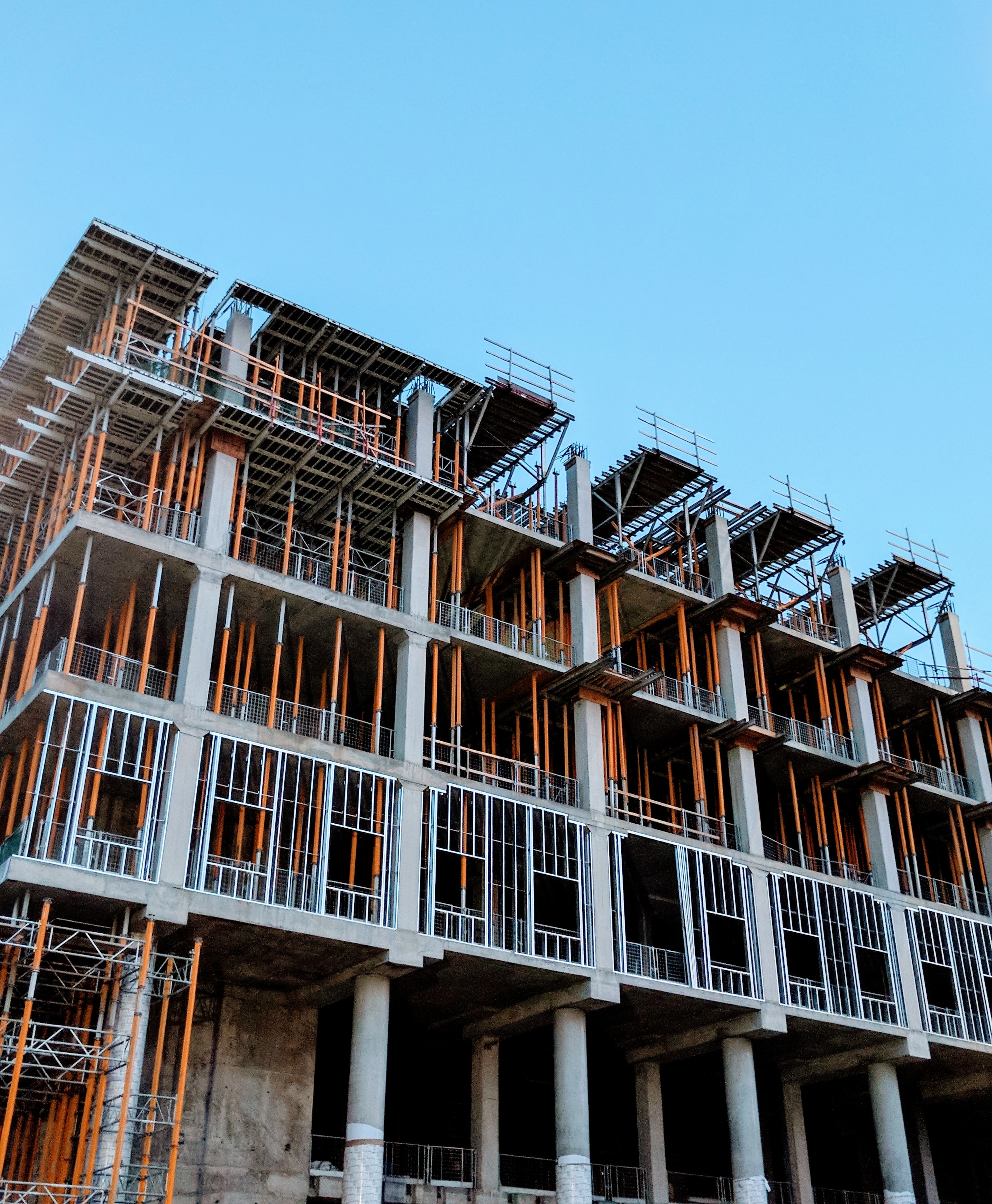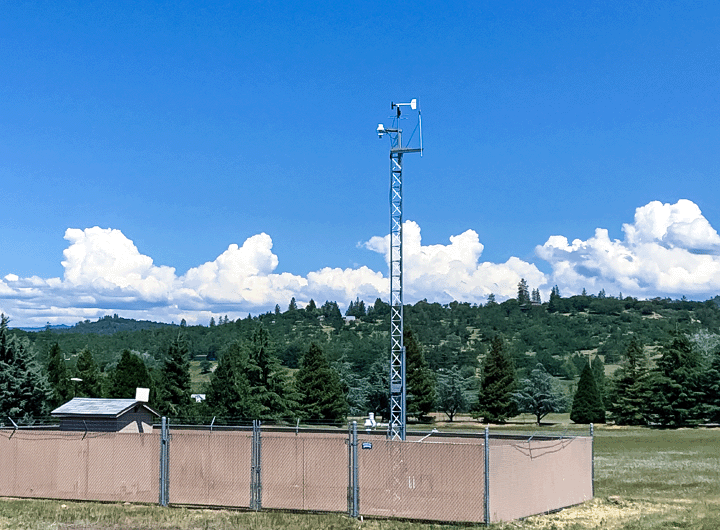Thought Leadership
Tax Increment Financing—A New Opportunity for Washington Communities

In Washington State, a recently passed bill provides local governments with a new tool to help spur revitalization in areas where private investment is lacking. Engrossed Substitute House Bill (ESHB) 1189 (also called the TIF for Jobs bill) expands city, county, and port districts powers so they can use Tax Increment Financing, or TIF, to fund public improvements or expenditures that catalyze private sector redevelopment activities.
While Washington State has previously adopted versions of TIF programs, their scope and applicability has been limited by the Washington State Constitution. Compared to TIF in other states, this latest iteration is more limited but more broadly applicable than past versions of TIF in Washington.
What is Tax Increment Financing?
Simply put, TIF allows a local government to issue bonds to fund infrastructure improvements that support redevelopment in designated areas. As those improvements spark further development and the assessed value of the properties in the designated area increases, the increase in tax revenue (the “tax increment”) pays off the debt. TIF can fund the following projects and expenditures:
Projects:
- Street and road construction
- Water and sewer system construction and improvements
- Sidewalks and other nonmotorized transportation improvements and streetlights
- Parking, terminal, and dock facilities
- Public transit park and ride facilities
- Stormwater and drainage management systems
- Mitigation of brownfields
Expenditures:
- Purchasing, rehabilitating, retrofitting for energy efficiency and constructing housing for the purpose of creating or preserving long-term affordable housing
- Purchasing, rehabilitating, retrofitting for energy efficiency and constructing childcare facilities serving children and youth that are low-income, homeless, or in foster care
- Providing maintenance and security for the public improvements
- Historic preservation activities authorized under RCW 35.21.395
How to Use Washington’s New Tax Increment Financing Tool
For a local government to use TIF in Washington State, a two-step process must be completed: analyzing the proposed projects to be funded and adopting an ordinance establishing the tax increment area.
Increment Area Designation and Project Analysis
A local government seeking to use TIF to fund improvements must designate an increment area—the boundary where TIF will impact tax allocations. Local governments must also identify proposed improvements that will be funded with tax allocations. Crucially, a local government can only have two active increment areas at a time, and they must expire no later than 25 years after the first year in which tax revenues are allocated. These areas also cannot have an aggregate assessed valuation greater than $200 million or 20 percent of the jurisdiction’s total assessed value, whichever is less. These stipulations will limit the applicability of this new tool, but for projects that fit, TIF can still be a valuable tool.
Based on the proposed increment area and projects, the local government must conduct a project analysis to assess positive and negative impacts associated with the use of TIF. The analysis must include a description of the expected development in the increment area; a comparison of development scenarios with and without the use of TIF; an estimate of job creation expected to result from the funded infrastructure improvements; and an assessment of impacts to affordable and low-income housing, the local business community, the local school district(s), and the local fire service. If negative impacts are anticipated, the analysis should also discuss mitigation measures.
The local government is also required to hold two public briefings about the establishment of the tax increment area and the proposed improvements, and they are required to notify the public two weeks prior to each briefing. In addition to notifying the public of the plans to use TIF, the local jurisdiction must provide an opportunity for the State Treasurer’s Office to review and comment on the analysis.
Local Ordinance Adoption
Once the TIF Analysis is completed, the local government must draft an ordinance to establish the boundaries of the tax increment area and the projects that will be funded with tax allocations. In this ordinance, the local government must provide findings affirming that the proposed public improvements in the increment area are expected to catalyze private development that would otherwise not occur and would increase the assessed value of real property. The ordinance must also provide evidence that because of the proposed public improvements the increment area’s anticipated increase in assessed value will be greater than any increase that could have been expected to occur on its own.
This ordinance must impose a deadline for construction to begin for the public improvements. That deadline must be at least five years in the future. Those impacted by the increment area have 30 days from the date of adoption to appeal the designation. Provided that there is no objection to the ordinance, the local jurisdiction may issue debt after the 30-day appeal period and would begin to receive proceeds from the increment area June first of the following calendar year.
MFA is well-positioned to assist local governments with all aspects of setting up a tax increment area, from the establishment of the tax increment area boundaries and project analysis to assisting with public communications strategies. Tax increment financing has been used successfully to facilitate revitalization in many other states, and it is exciting that this resource is now available to Washington State communities.
For more details on TIF, see this webinar from the Washington City/County Management Association, or contact Matt Hoffman to discuss how MFA can help.



